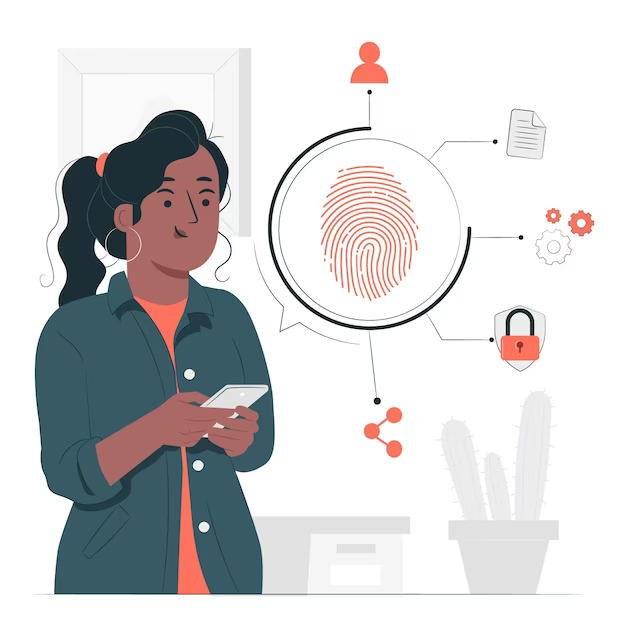Introduction
Biometric authentication technology is a burgeoning innovation utilized to recognize persons because of their remarkable physical or conduct qualities. This development is increasingly utilized in various utilizations, such as access control and individuality administration. As a result, biometric validation is progressively becoming a fundamental element in systems, systems, and data security. This article will discuss the leading biometric authentication technologies and their security implications.
Iris Recognition
Iris Recognition is a biometric authentication technology that identifies individuals based on the unique patterns of their iris. This technology uses advanced algorithms to scan and analyze the iris’s patterns, then compare them to a database of known patterns. Iris recognition is highly accurate and secure, as the iris patterns are unique to each individual and do not change over time. Spoofing is also difficult, as the iris patterns are difficult to replicate. The security ramifications of this innovation are that it can be utilized to reliably approve people in a scope of utilization, for example, entrance control and personality administration.
Fingerprint Recognition
Fingerprint recognition is a biometric authentication methodology that can single out individuals based on their characteristic fingermark outlines. This system utilizes cutting-edge algorithms to study and evaluate fingerprint designs concerning a collection of pre-existing models. Fingerprint recognition is exceptionally precise and secure, as the fingermark forms are exclusive to each person and do not alter over time. However, it is also complicated to counterfeit, as the fingerprint models are tricky to replicate. The safety implications of this technique are that it can be utilized to firmly authenticate persons in a diversity of contexts, such as entry control and individuality administration.
Face Recognition
Face recognition is a biometric identification modality that discerns persons depending on visage characteristics. This technology uses advanced algorithms to scan and analyze facial features compared to a database of known features. Face recognition is highly accurate and secure, as facial features are unique to each individual and do not change over time. Spoofing is also difficult, as facial features are difficult to replicate. The security implications of this technology are that it can be used to securely authenticate individuals in various applications, such as access control and identity management.
Voice Recognition
Voice recognition is a biometric authentication technology that identifies individuals based on their unique voice patterns. This technology uses advanced algorithms to scan and analyze voice patterns compared to a database of known patterns. Voice recognition is highly accurate and secure, as each individual’s voice patterns are unique and do not change over time. Spoofing is also difficult, as the voice patterns are difficult to replicate. The security implications of this technology are that it can be used to securely authenticate individuals in various applications, such as access control and identity management.
Hand Geometry Recognition
Hand geometry recognition is a biometric authentication technology that identifies individuals based on their hands’ unique shape and size. This technology uses advanced algorithms to scan and analyze the hand geometry, then compare it to a database of known hand geometries. Hand geometry recognition is highly accurate and secure, as the hand geometry is unique to each individual and does not change over time. Spoofing is also difficult, as the hand geometry is difficult to replicate. The security implications of this technology are that it can be used to securely authenticate individuals in various applications, such as access control and identity management.
Signature Recognition
Signature recognition is a biometric authentication technology that identifies individuals based on their unique signature patterns. This technology uses advanced algorithms to scan and analyze the signature patterns, then compare them to a database of known patterns. Signature recognition is highly accurate and secure, as the signature patterns are unique to each individual and do not change over time. Spoofing is also difficult, as the signature patterns are difficult to replicate. The security implications of this technology are that it can be used to securely authenticate individuals in various applications, such as access control and identity management.
Conclusion
Biometric authentication technologies, such as entrance authorization and individuality oversight, are progressively employed in many circumstances. This article has discussed the leading biometric authentication technologies and their security implications. Each technology is highly accurate and secure, using unique physical or behavioral characteristics that are difficult to replicate or spoof. As cutting-edge biometric authentication systems advance and become more robust, they will stay a key factor in the safety milieu.
